Russian Push in Northeast Ukraine May Signal Plan for Border ‘Buffer Zone’
Russian troops are advancing in Ukraine’s northeastern Sumy region, potentially as part of Moscow’s wider strategy to establish buffer zones along the border, according to Ukrainian officials.Russian forces have seized several villages in Ukraine’s Sumy region in what may be an early step in President Vladimir Putin’s declared plan to create "security buffer zones" along the Russia-Ukraine border. The head of the Sumy regional administration, Oleh Hryhorov, said on Monday that four villages—Novenke, Basivka, Veselivka, and Zhuravka—had fallen under Russian control, and fighting continues near other settlements.
Moscow has claimed the capture of six villages in Sumy so far, though Kyiv has not officially confirmed the Russian presence in the region. The Ukrainian military has remained tight-lipped, with officials declining to comment publicly on the ongoing operations, citing the sensitive nature of developments.
President Putin announced last week that buffer zones would be established to protect Russian border regions near Ukraine’s Kharkiv, Sumy, and Chernihiv provinces. “Enemy firing points are being actively suppressed,” he said, describing ongoing operations as necessary to ensure Russian border security.
A map shared in the report highlights Russian control near the border north of the cities of Sumy and Kharkiv. However, no major breakthroughs have been confirmed.
The Ukrainian General Staff’s recent updates only referred vaguely to engagements “in the Kursk direction” without specifying exact locations. Military command in the area refused to comment to international media, and Hryhorov himself declined to provide further details beyond his social media statement, deferring to the military.
In his Monday night address, Ukrainian President Volodymyr Zelensky warned of Russia’s preparations for new offensives, widely seen as a veiled reference to the Sumy front.
Independent military monitoring group Deep State marked the four mentioned villages as under Russian control before Hryhorov’s public statement. Its co-founder, Roman Pohorily, noted that Russia has been attempting to advance in these areas since March.
Military analyst Kostyantyn Mashovets confirmed the Russian push but emphasized its slow pace—only about one kilometer over the past two weeks. He also reported a redeployment of Russian troops from the eastern Donbas front to reinforce efforts in Sumy.
Colonel Vadym Mysnyk, a spokesman for Ukraine’s ground forces in the region, described the nature of Russia’s attacks: fast-moving small groups using motorbikes and buggies to avoid drone detection. Heavy vehicles, he said, are easily spotted and neutralized by Ukrainian forces.
Despite the limited ground progress, Russia continues to launch heavy aerial and artillery assaults on the region. Since Saturday, over 30 guided bombs have reportedly hit Sumy, and recent months have seen multiple deadly strikes—including a missile attack that killed 34 people and a drone strike on a civilian bus that killed nine.
According to Ukrainian officials, Russia is targeting civilian infrastructure to spread fear and panic, a claim Moscow denies, asserting that its strikes are aimed at military targets.
Evacuations are ongoing in 202 communities near the front line—around one-third of all local governments in Sumy.
Military expert Serhiy Grabskiy characterized the Russian advances in Sumy as part of a broader distraction strategy. He believes Russia’s primary goal remains the capture of the Donbas region in the east, and that northern pressure is intended to force Ukraine to divert resources from more critical areas.
The Institute for the Study of War (ISW), a US-based think tank, also suggests that even minor Russian gains in Sumy could be leveraged by the Kremlin in future peace negotiations to justify territorial claims.
Still, analysts agree that a major breakthrough in the region is unlikely in the near term. Sumy city, with a pre-war population of around 250,000, is not seen as under immediate threat.
Pohorily of Deep State said that Ukrainian defenses have largely held the line: “It’s been almost three months since Russia began this operation in Sumy, and they’re still stuck near the border.”
Col Mysnyk echoed this, saying that Ukraine has fortified the border since 2022 and is better prepared now than at the start of the war. However, he warned that this stability could be tested if Russia shifts more resources to the region.


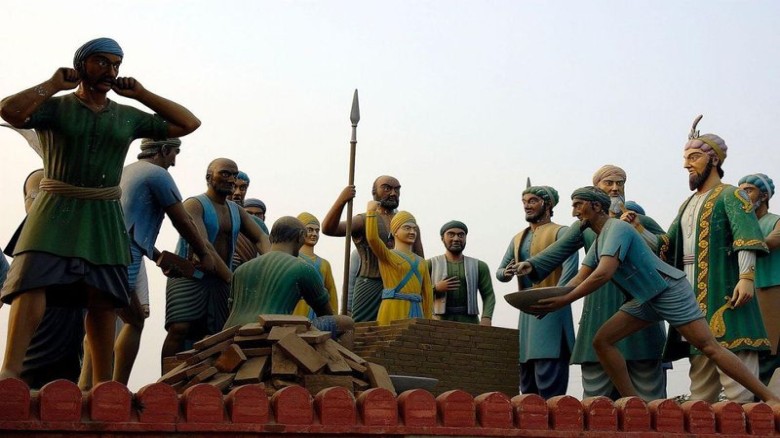

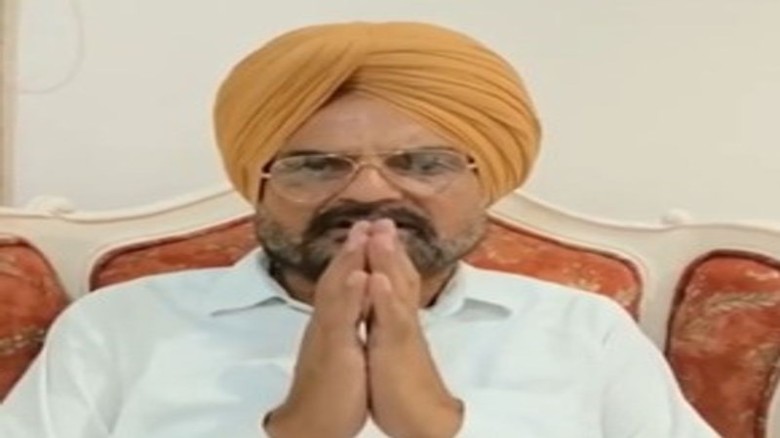
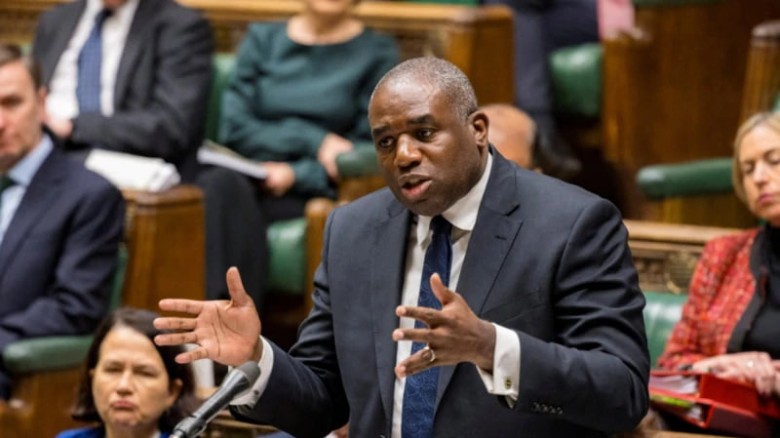
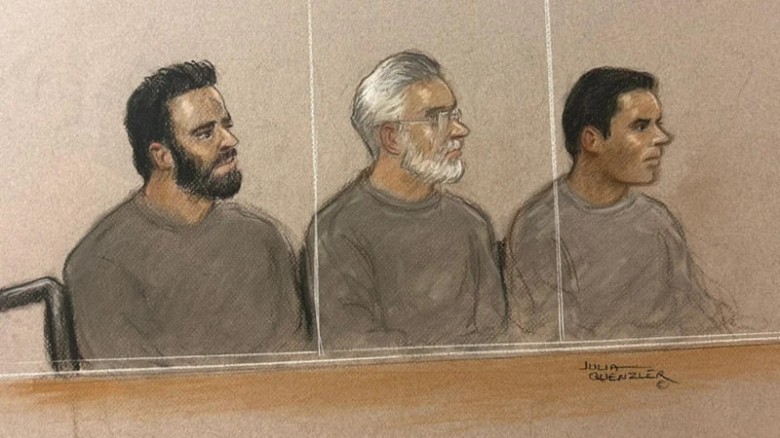
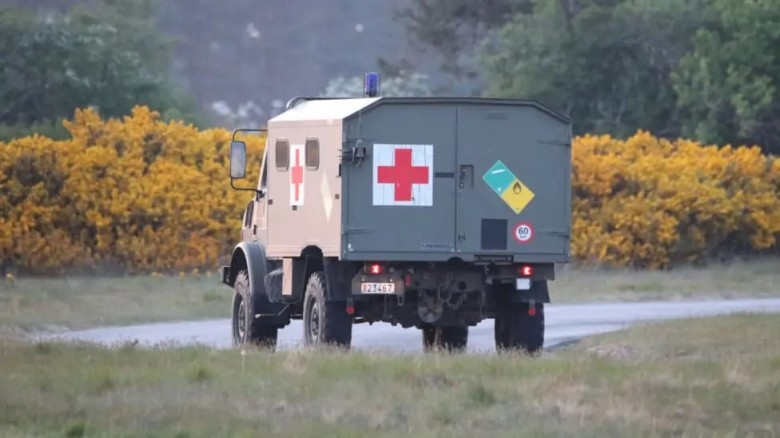





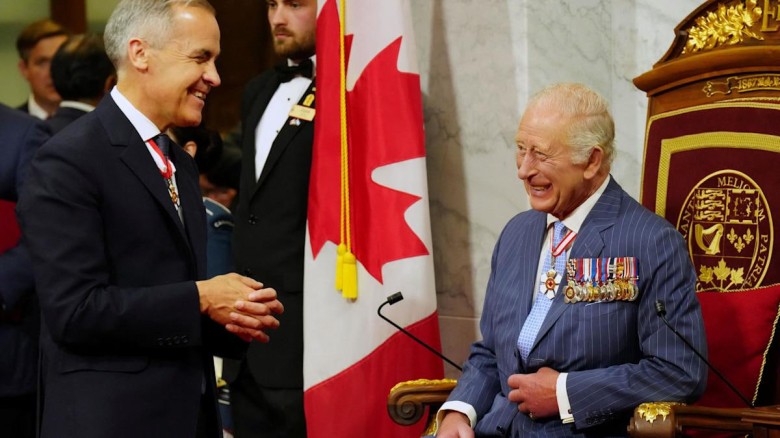
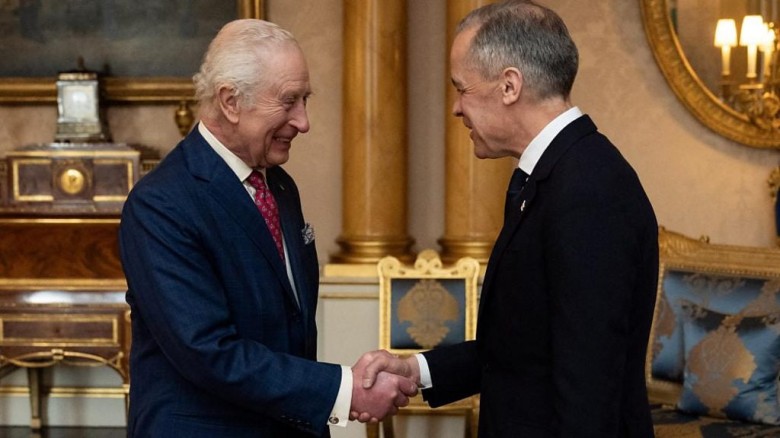

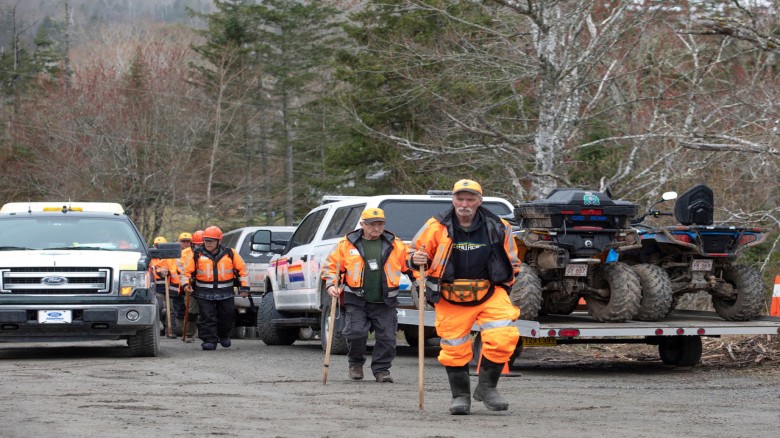
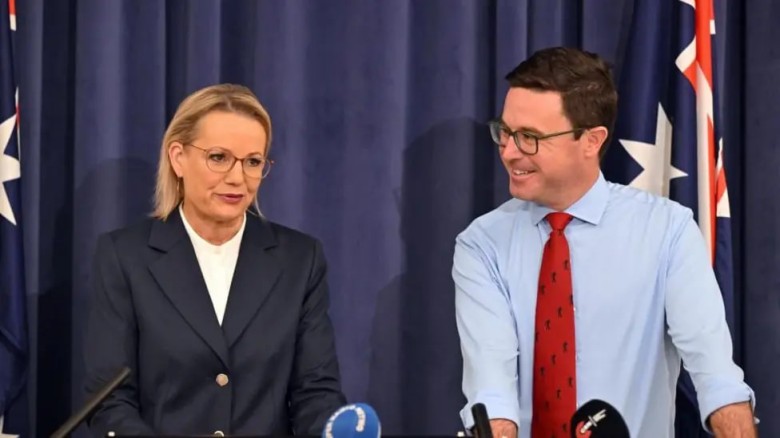


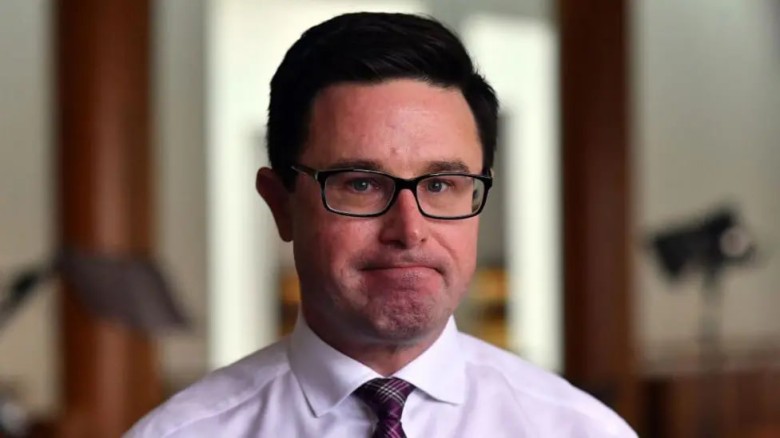
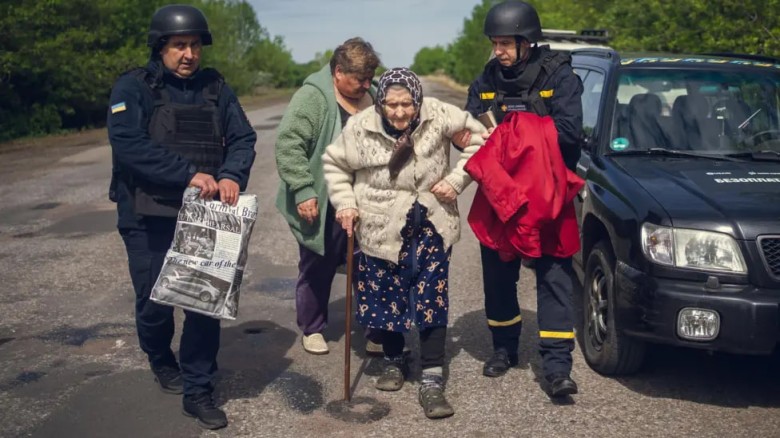
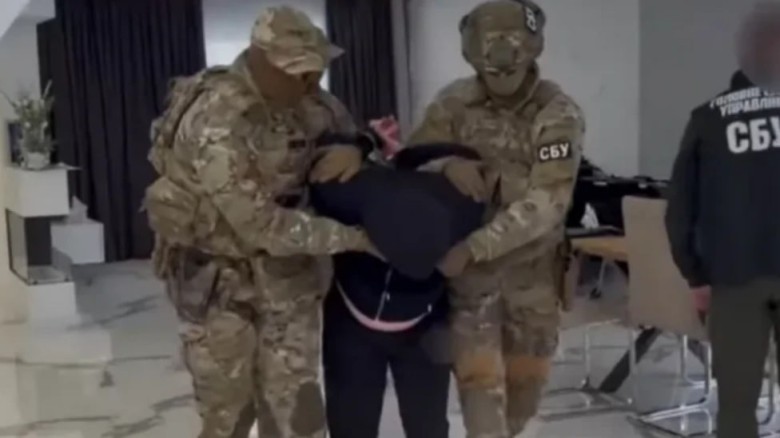
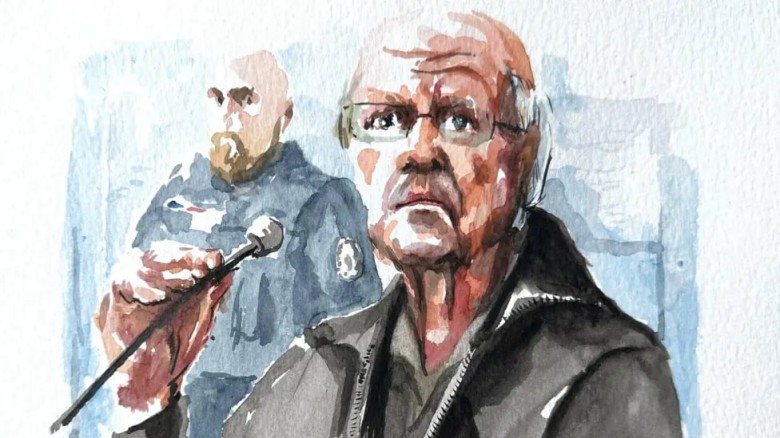
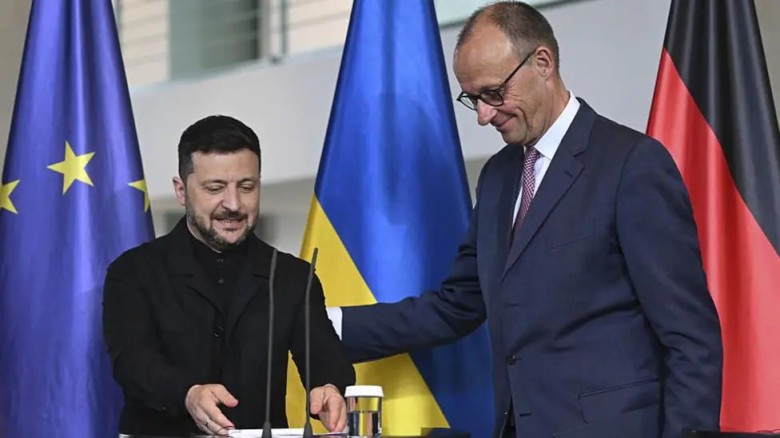

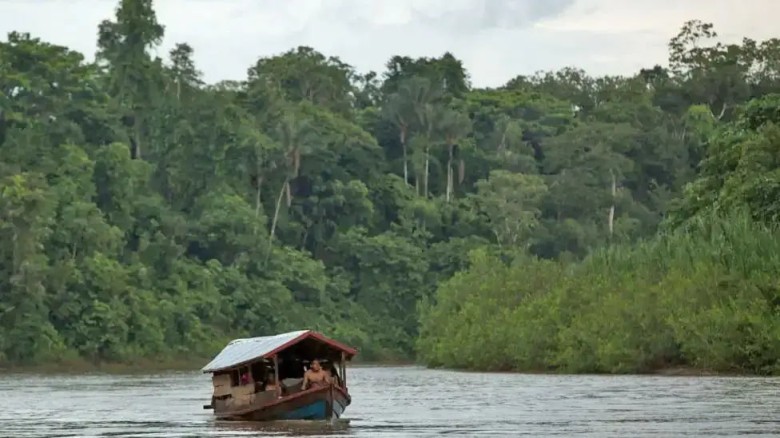



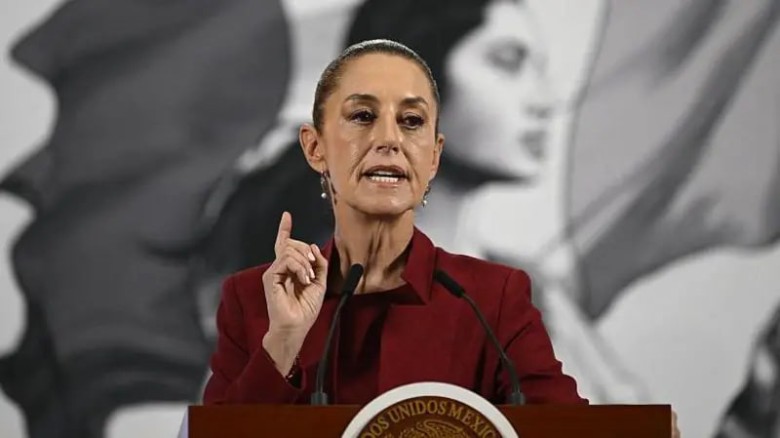

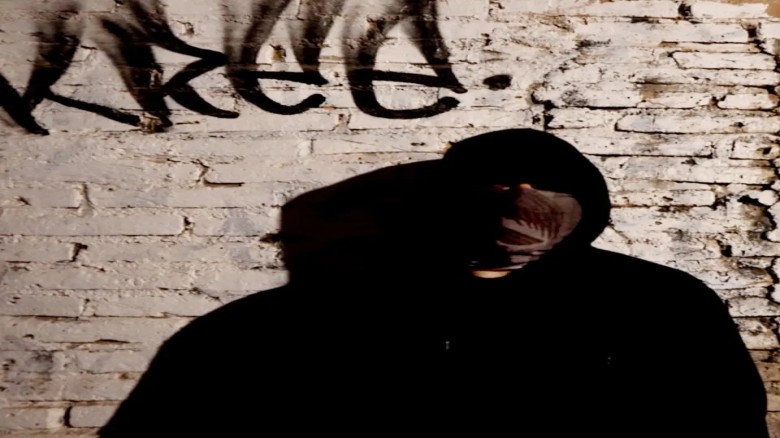

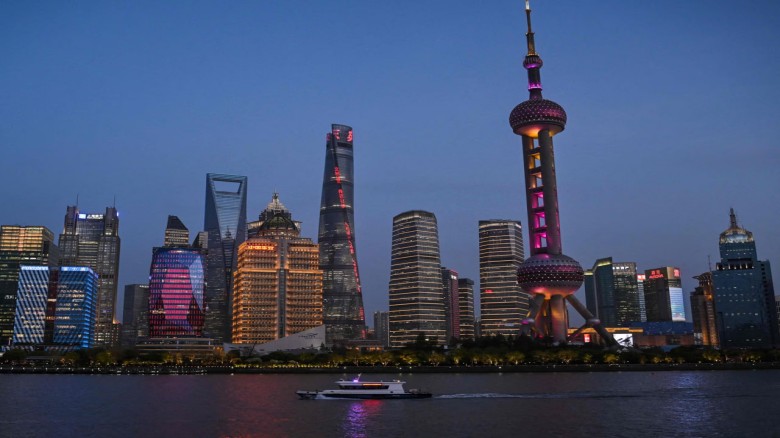
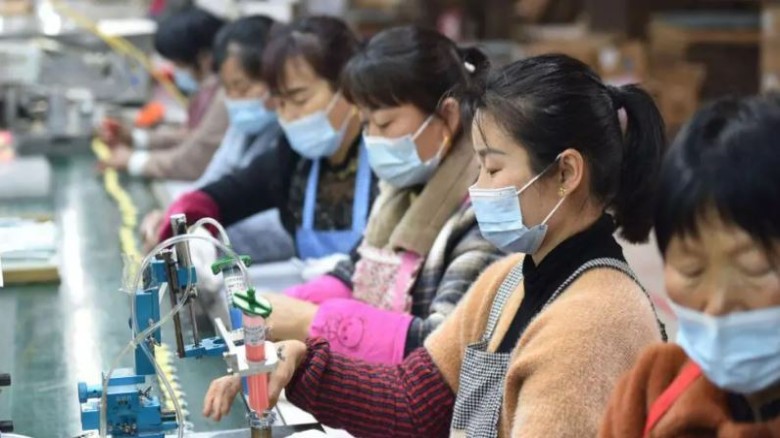

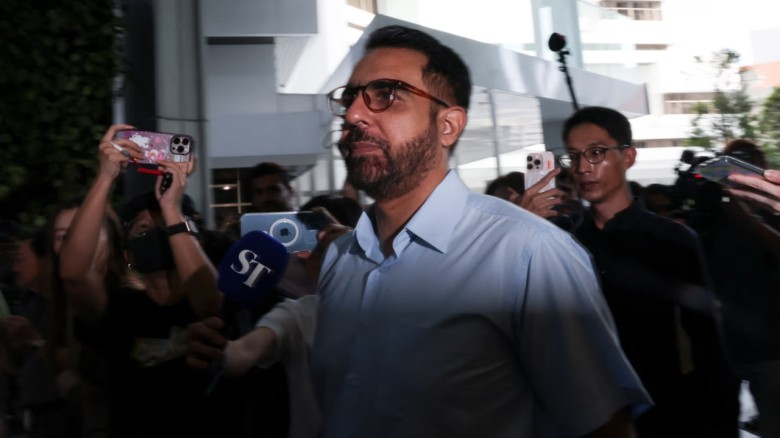
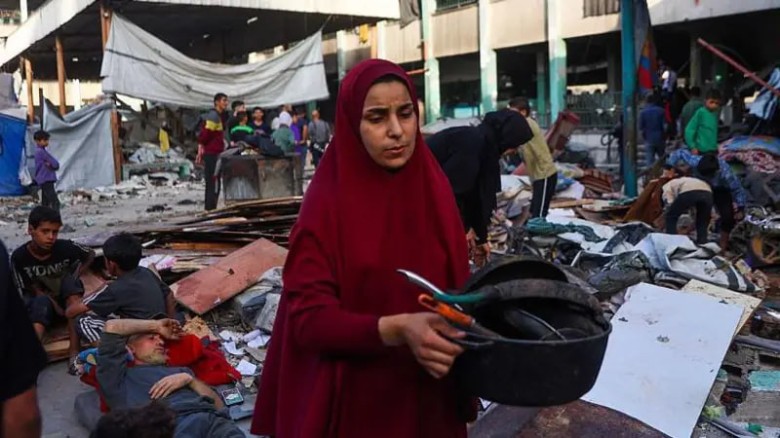
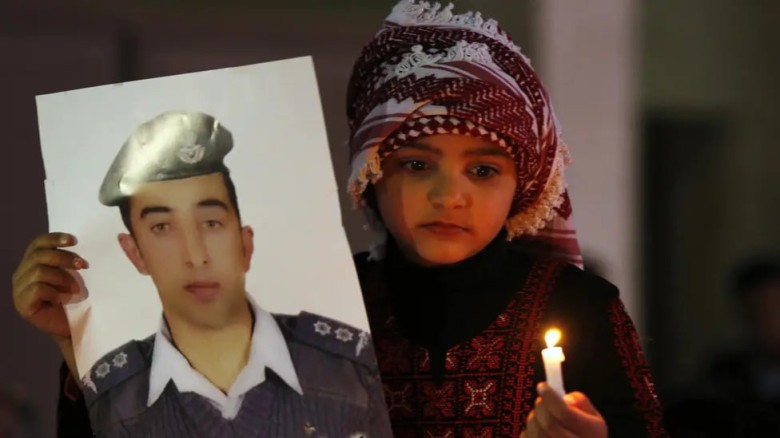
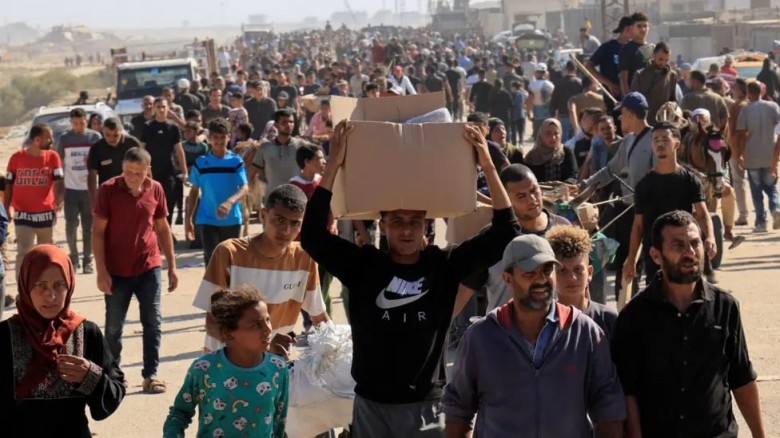
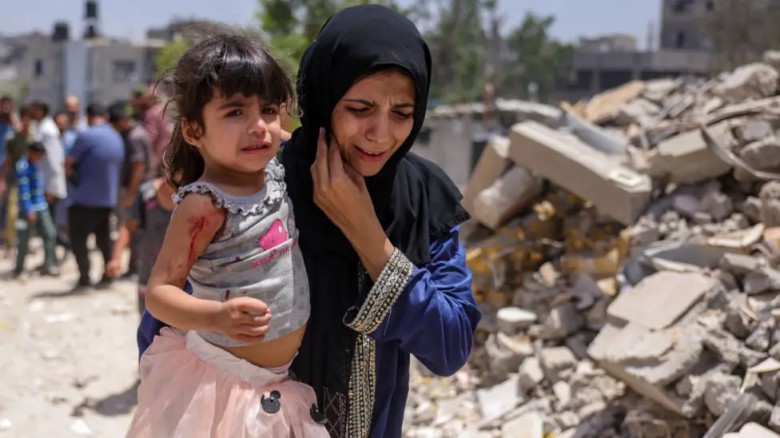
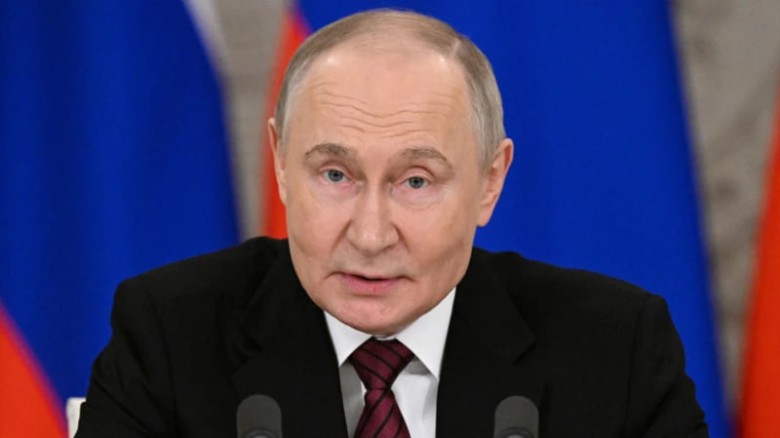
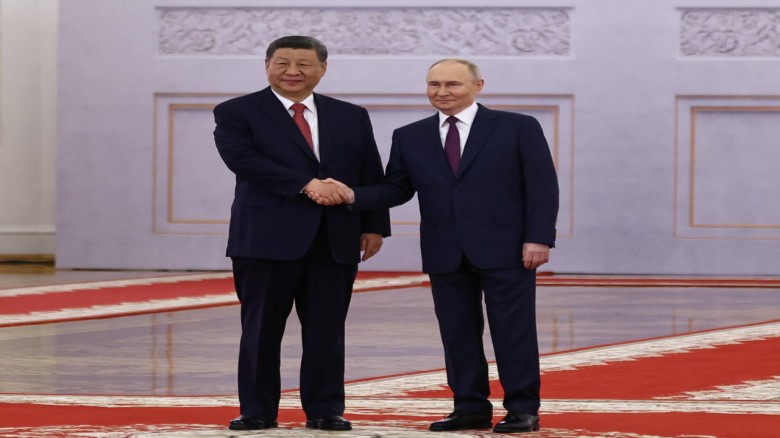
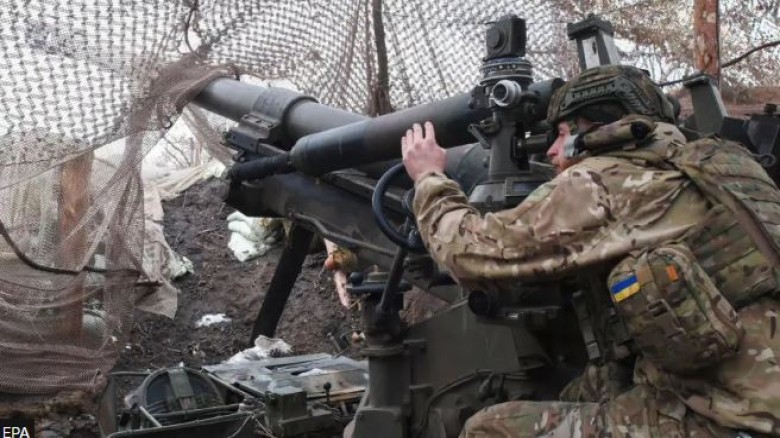
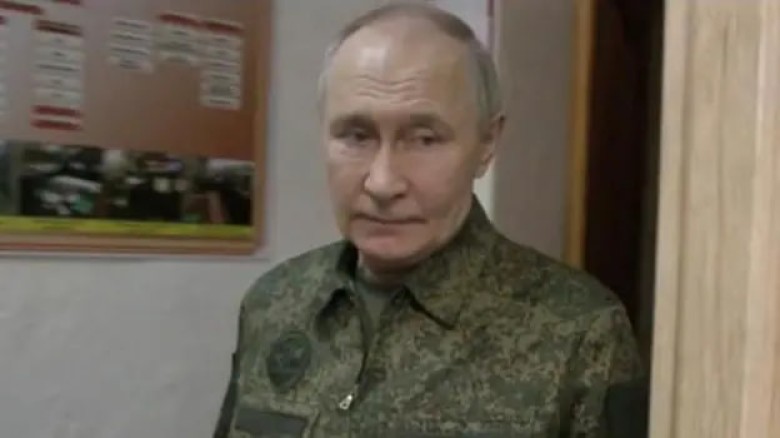

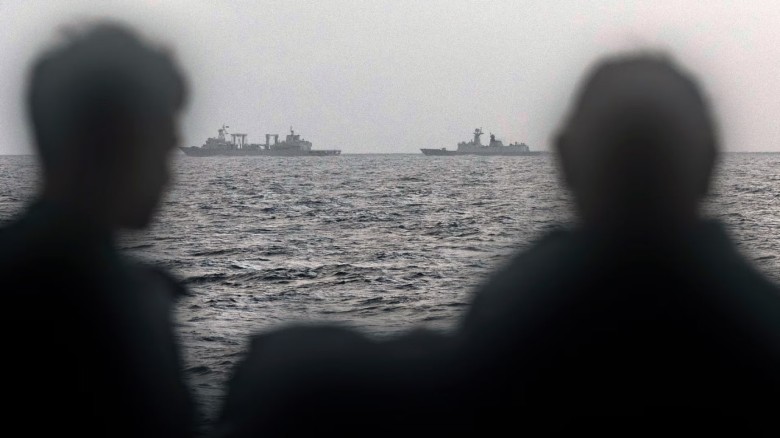
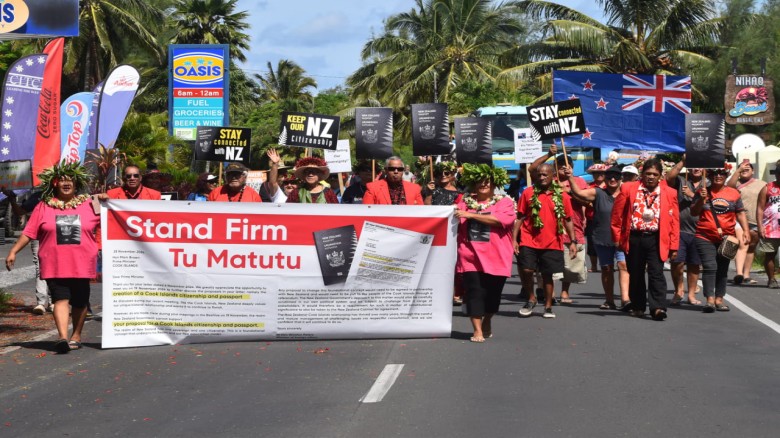
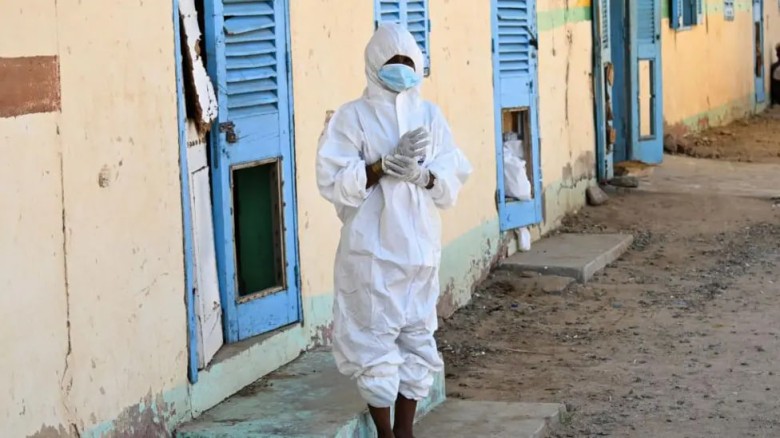
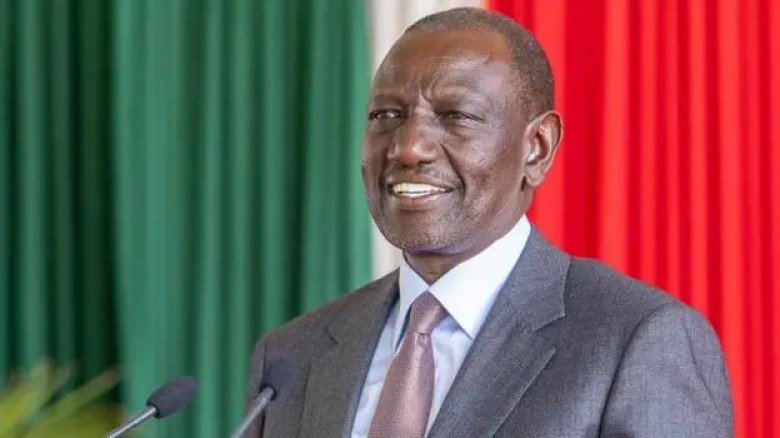
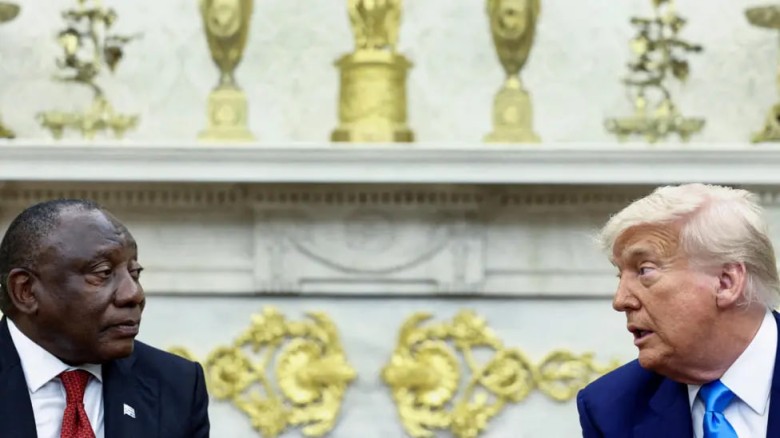
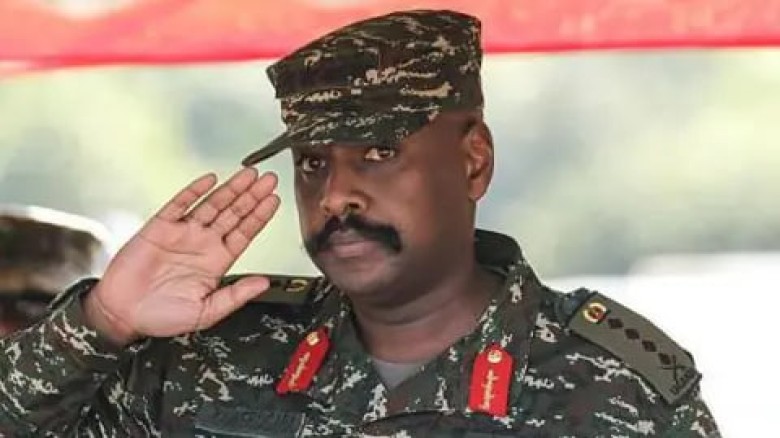
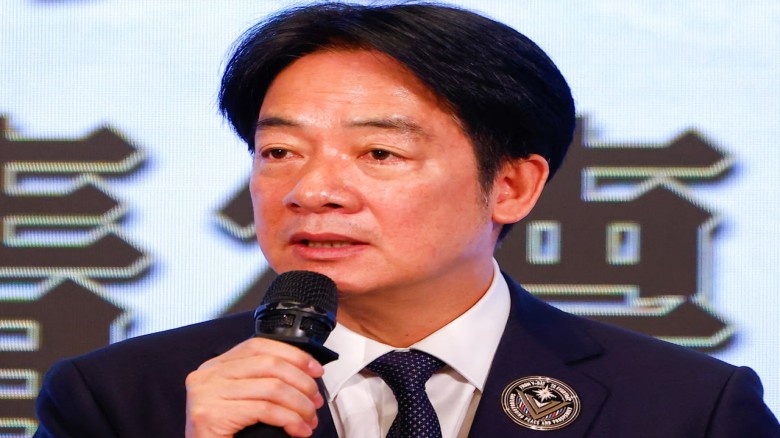
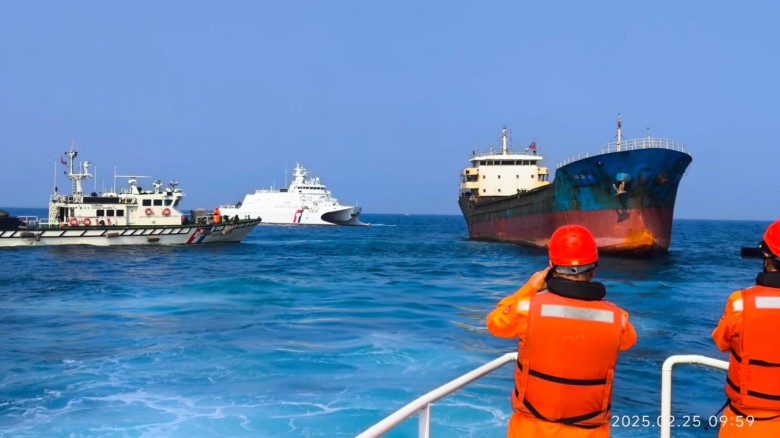
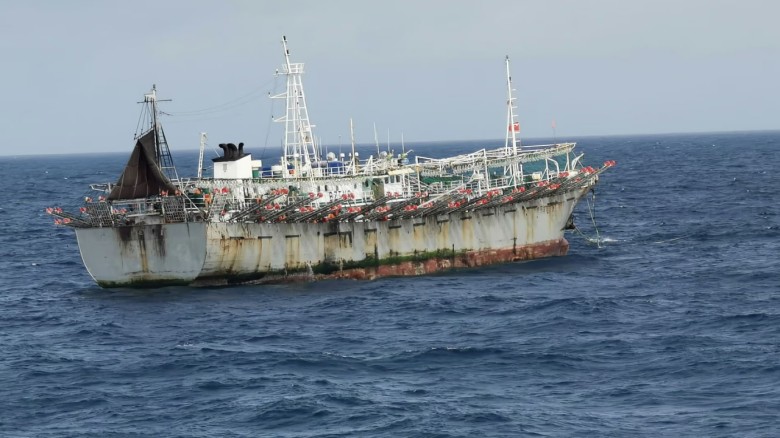

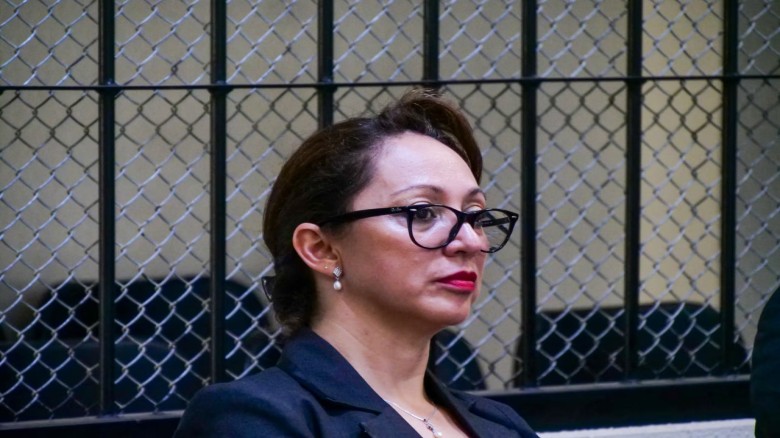
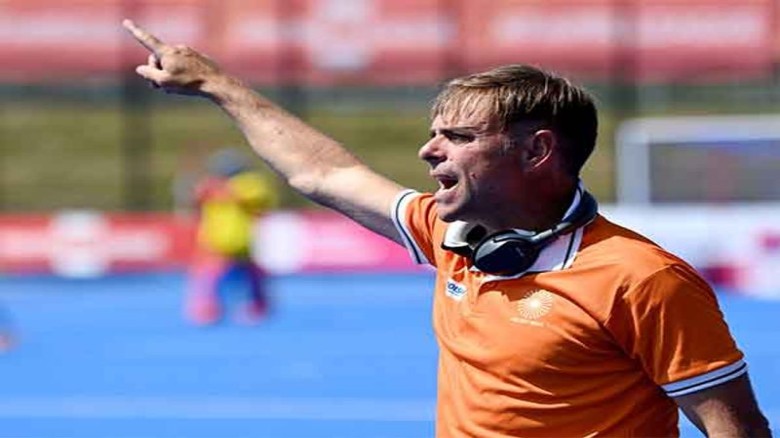
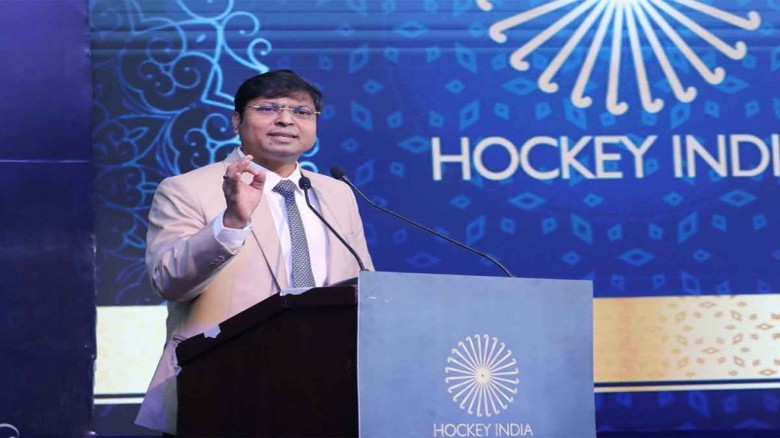

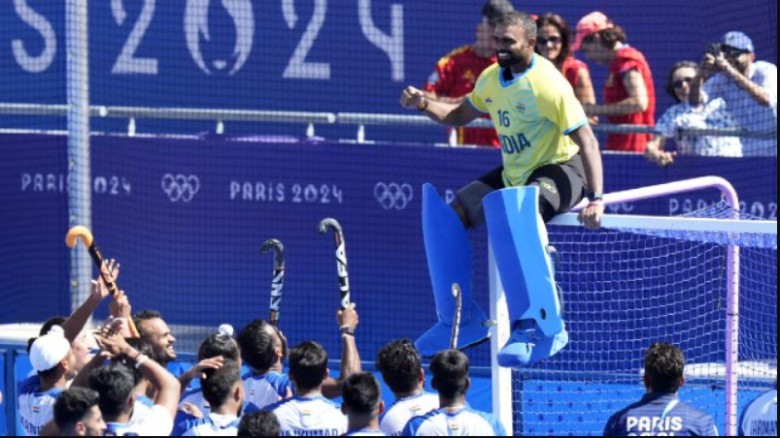


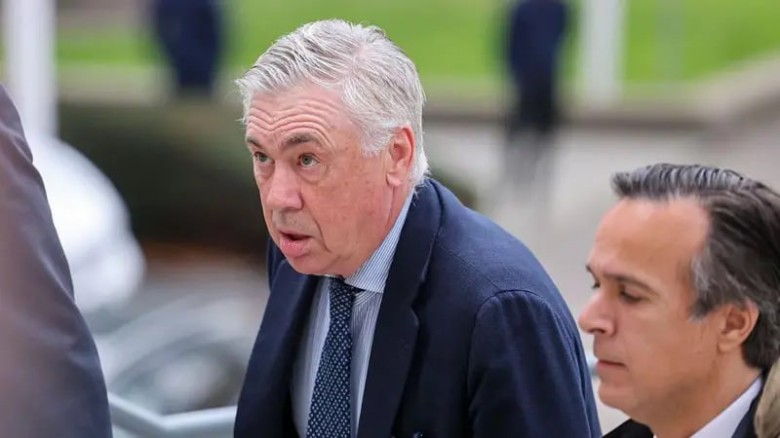



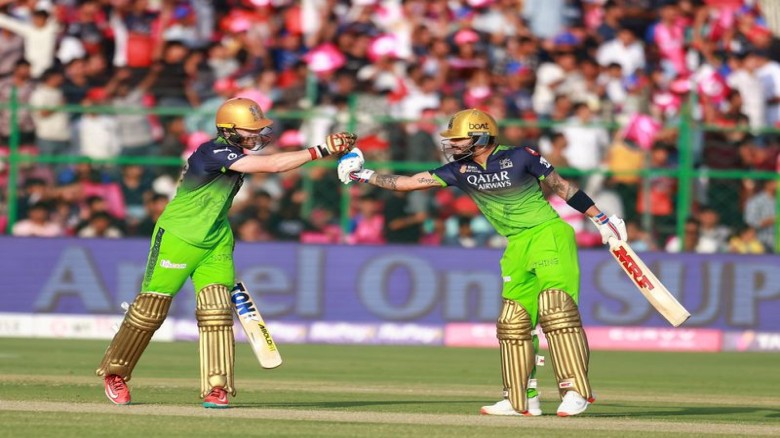



Leave A Comment